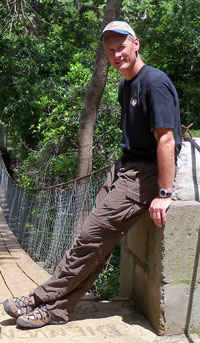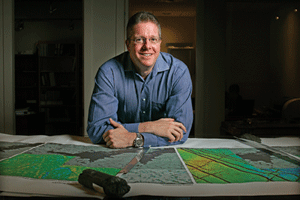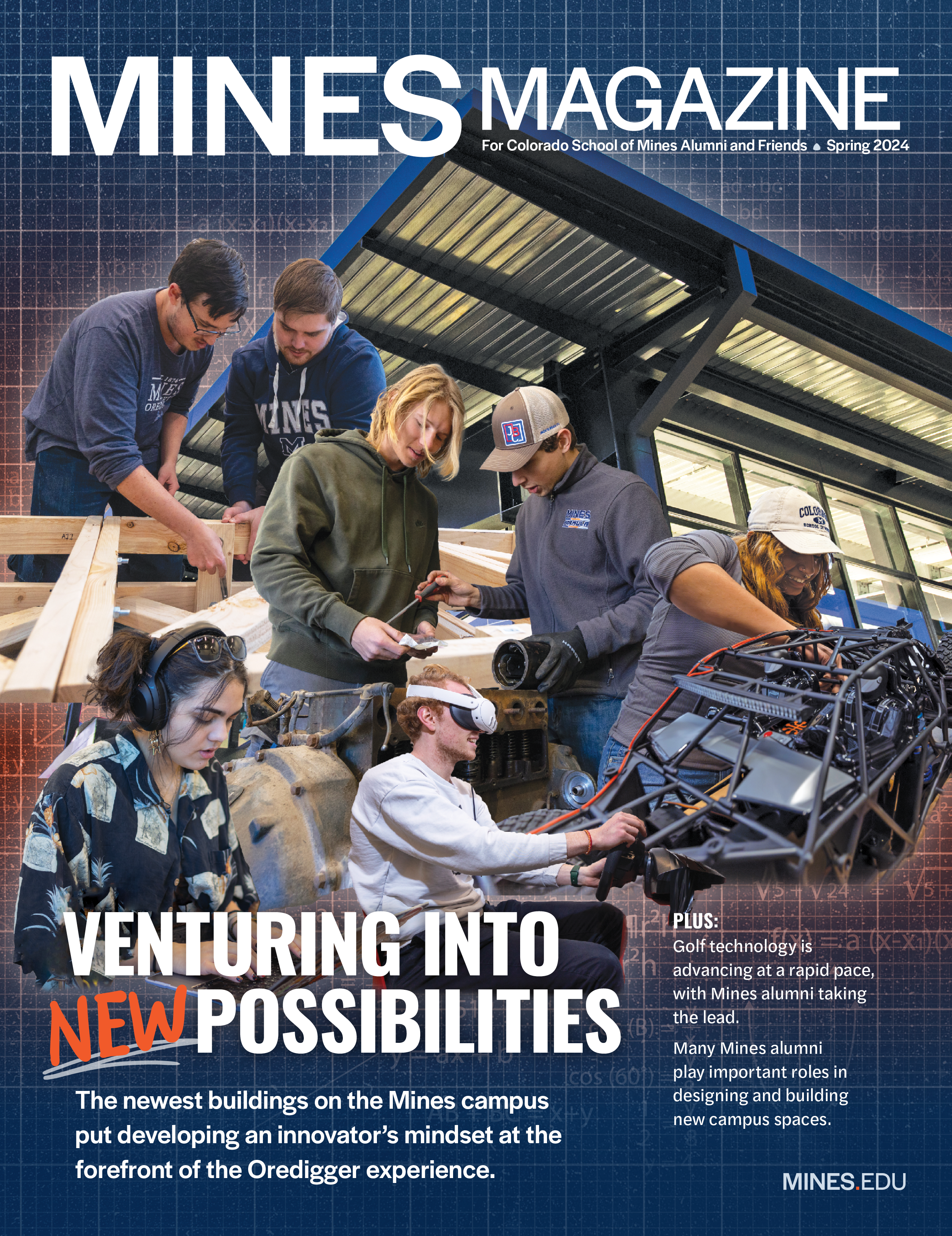Over the last 25 years, Todd Wang has led projects in developing countries, witnessing firsthand how the application of a little technology and know-how can have a big impact on disadvantaged communities. While many of these projects were with the Army Corps of Engineers, since entering civilian life, he’s continued the work, focusing on building pedestrian bridges in remote locations and working in conjunction with humanitarian relief organizations, including Engineers Without Borders and Bridges to Prosperity. In January, Wang led a group of students from Mines’ chapter of EWB to the Carazo region of Nicaragua on a scouting mission to look at four possible bridge sites.
Wang discovered his calling while still a student. “It all started one night in Golden,” he explains. As a cadet in ROTC, he was attending a talk given by a recent graduate in the army who was working on a water project with his unit in Honduras. Something clicked, and Wang realized this was the work he wanted to do. After graduating, he pursued this goal, starting with his first unit assignment, and eventually becoming the go-to consultant for such development projects.

Todd Wang is prepared to devote half his time to work in developing countries, but only in those where the community wants and needs the help.
When he retired from the military a few years ago and started to work with CH2M Hill, Wang wanted to find a way to continue applying his skills in the developing world. After a 2010 trip to Nicaragua with his two children to assess community needs, Wang connected with Mike Paddock, a colleague at CH2M Hill who sits on the Board of EWB-USA and who, working in conjunction with an organization called Bridges to Prosperity, has helped several student groups with bridge-building projects in Latin America. It was just the connection Wang was looking for, and he went on to mentor an EWB group of students from Rice University who built a bridge in the Carazo and Matagalpa regions of Nicaragua. He’s excited to be launching a similar project with students from Mines.
Their first bridge is likely to be based on a standard B2P design: a suspended bridge supported by cables that pass over towers on either bank and are securely anchored to points beyond. However, every project needs to be site-adapted, and that’s what the students will be working on after a thorough feasibility study of the chosen site this spring.
The number one criteria in determining a location for a bridge is that the community really wants it, says Wang. “It has to be their bridge� I want their kids to be able to say, ‘Mom and dad put this bridge together with the Americans’ help,'” he says.
Apart from cable, donated to B2P by two U.S. shipping ports, these bridges are made with locally sourced materials that the villagers are used to working with. At the end of each project, a day is spent going over the Spanish language maintenance manual, which provides a schedule for checking such things as decking boards and screws, and matching paint marks on the saddle where the cable crosses the tower to ensure cable integrity and make certain the anchors are holding fast.
The Mines students will be involved with the project from start to finish; for most it will be their first major engineering project in the developing world, although Wang stresses that the engineering and construction will be the easy part. As the students interact in a different culture on a project that impacts multiple communities (sometimes with vying local agendas), negotiate with municipal agents, and deal with the logistics of limited resources and lack of infrastructure in a hard-to-access part of the developing world, they will need to exercise diplomacy, tenacity, patience and adaptability.
But if successful, they’ll see the results of their work, says Wang. The rainy season in Nicaragua lasts from May to December, during which time the Rio Ocho Mogo, which they intend to span, can be impassable for weeks on end. At such times, villagers living across the river from the moderately sized town of Santa Teresa must walk several hours to access the secondary schools, hospital and other resources on which they depend. The footbridge they plan to build will cut this journey down to a fraction of the time.
Wang finds this work deeply gratifying and would like to spend more time on it. In his current position working on water resource issues and environmental cleanup with CH2M Hill, he’s given the flexibility to devote about 50 days a year to the work, but if he can double or quadruple that, he’d like to. It’s not just that he’s passionate about building bridges; he’s also passionate about sharing the experience with others. As he explains, this kind of bridge building is a communal undertaking that transforms the lives not only of the local people benefiting from the bridge, but also of the students who live, work, problem-solve and eventually celebrate with the local community.




Todd was a great leader in Mines ROTC and served well in the US Army Corps of Engineers thereafter. Congratulations to him and his team for sharing his passion and engineering prowess!